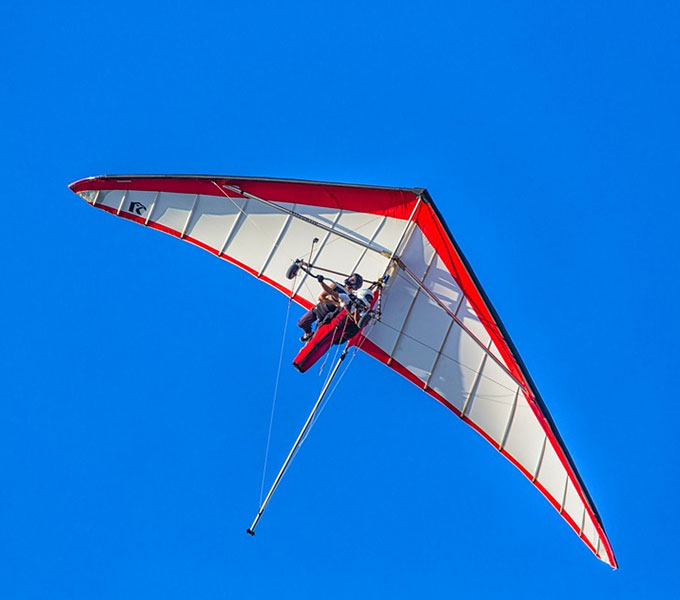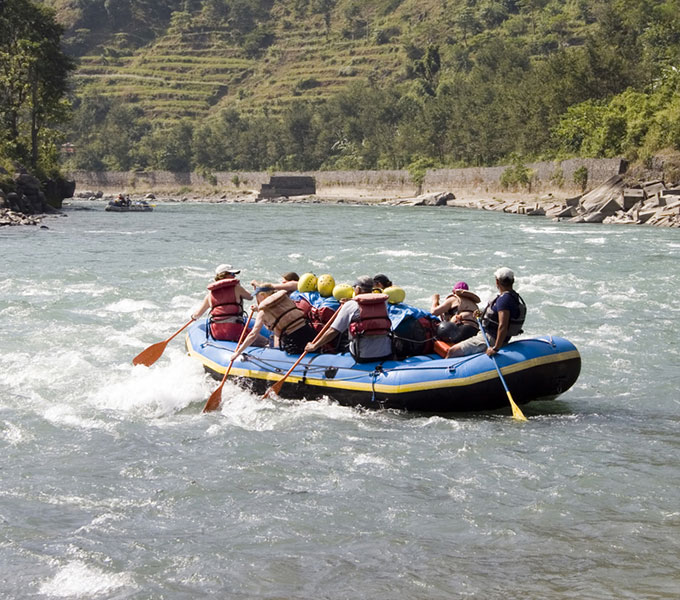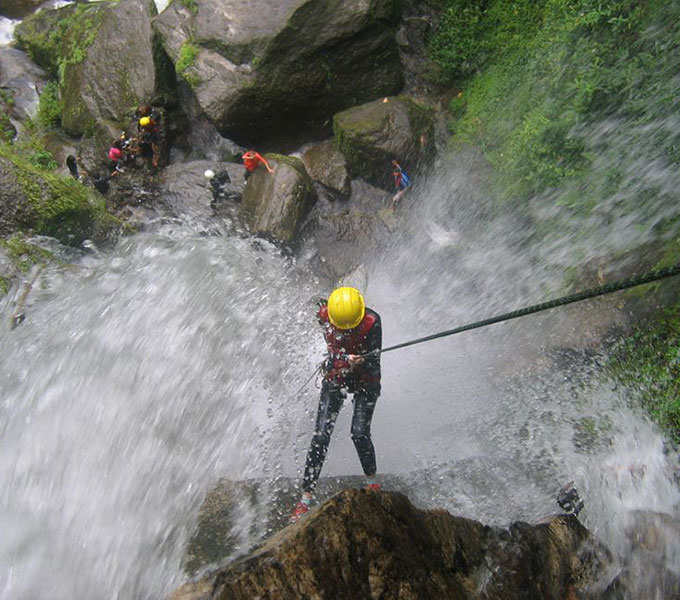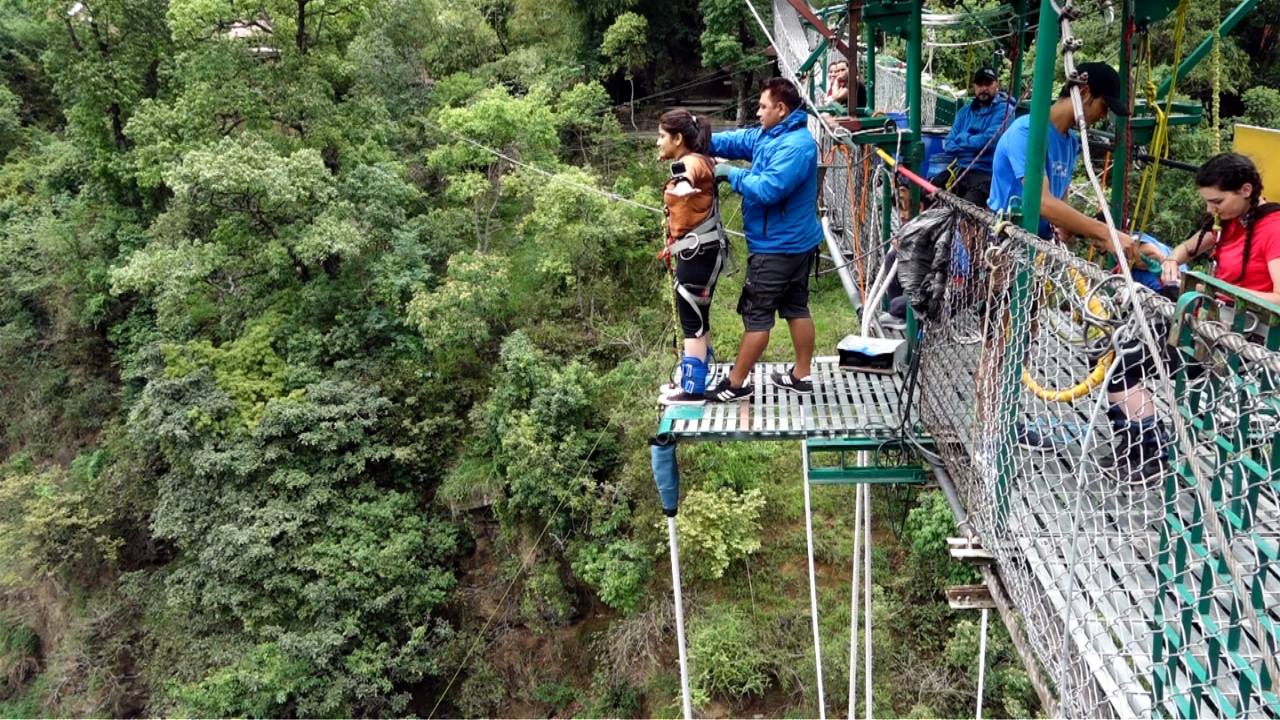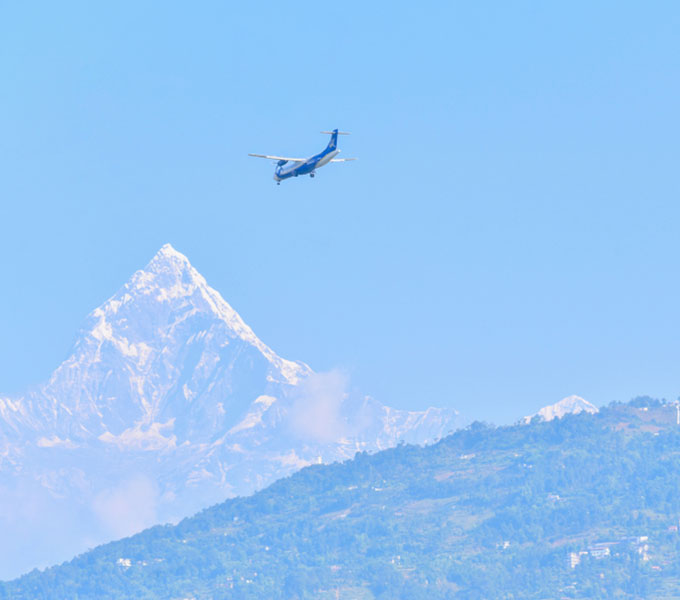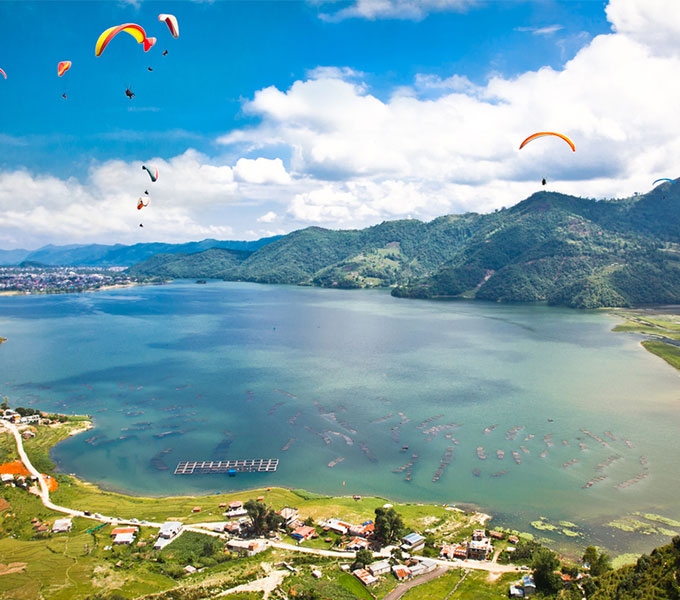- Mobile No
(+977) 9841449758 - Email
info@adventureblossomtreks.com - WhatsApp
(+977) 9841449758
Jumolhari trek in Bhutan
Description
Jumolhari trek in Bhutan is one of the best and most exhilarating adventures in the Himalayas. As per our proposed itinerary upon arrival in Paro, you will take an acclimatization hike to the Tiger’s Nest Monastery and then you will start the trek from the historic Drugyal Dzong. For the first three days of the trek, you will be following the Pachhu (Paro river) valley to Jangothang base camp. The walk will be through countryside of Paro through scattered farmhouses, orchards and rice fields. From the base camp, you will see the stunning view of Mount Jumolhari (7315m). Jumolhari is the second highest unclimbed peak in the world. The trail takes you through high pastures which are used by yak herders as grazing land for their animals.
As you trek, you will also come across Lingzhi, the highest settlement in the north with a unique mountain culture. En route, you will have spectacular views of Mount Jichu Drake (6989m) and Tshrim Gang (6789m). From Lingzhi, you will descend to the lower valleys of Thimphu through varied vegetation and gorges formed by unique rock canyons. You will finally end your trek in the north of Thimphu valley.
Itinerary
On arrival at Paro International airport, you will be received by our representative and escorted to your Hotel. In the evening visit Paro town. Overnight in Paro
Your trek begins in the historic Drugyel Dzong (2,580m). The Dzong is a 12km drive to the north of Paro valley from the hotel. You will meet your trekking crew here. After a short walk, you will proceed to the Pa Chhu (Paro river). The trail will slowly ascend where you will be walking through the countryside with views of rice paddies and fields of millet. As the valley widens you will find apple orchards, traditional Bhutanese farmhouses and a few small settlements of Mitshi Zampa and Sangatan. Following the route through blue pine forest, you will be brought to the army post of Gunitsawa at 2,810m where your trekking permits will be checked and stamped. You will then climb towards Sharna Zampa (2,870m) after crossing Pa Chhu on a wooden bridge. You will be camping at Sharna Zampa in the meadows among the trees for the night.
Just like the previous day, we will be following the trail following the Pachhu (Paro river). We will be ascending and descending through pine, oak and spruce forests. You will reach at Shingkharap after 2 hours of hiking and crossing several streams. This is a stone house at 3110m. You will then cross the bridge towards the left side of the river where you will be served a hot lunch. A little walk ahead is the trail junction. The left road is an old trade route to Tibet and the right route leads to the wooden bridge. We will be taking the latter route. After climbing through rhododendron forests and finally crossing the bridge again, we reach our camp at 3750m, which is amidst beautiful meadows.
Today is not a long trekking day but it will involve a significant gain in altitude as your trail goes above the tree line. As you take the path that ascends from our camp you will be brought to an army camp. Then you will follow the river above the tree line as well as enjoying the spectacular view of the surrounding mountain peaks. After walking through a very muddy section and passing a mani wall you will enter yak country. Inside a yak herder’ camp you will be served a hot filling lunch. After lunch, we walk past yak herder settlements of Soe and Takethang. Some common crops that people grow here are barley, potatoes, and turnips. After your lunch, you will walk across a plateau and up a stream bed. You will pass Dangochang village to the beautiful campsite of Jangothang at an altitude of 4,040m. From here, the views of Mount Jumolhari and Jichu Drake will take your breath away.
Today, you will do a four hours long acclimatization hike to the north of your camp. There isn’t really a trail but you will climb on an open and endless slope till you see the view of Mt Jichu Drakye (6989m). You can hike further up to 4895m (higher than Mount Blanc) to see the amazing view of Mount Jumolhari. You are likely to spot rare blue sheep, Himalayan rhubarb, griffon vultures, golden eagles and national flower of Bhutan – the blue poppy. In the foreground below the colossal Mount Jumolhari and its neighboring mountain, Jichu Drake is the Jangothang base. It is flat grassy land with the ruins of an old fortress on a hillock. It is highly recommended for all trekkers to halt here as most people show signs of mountain sickness at this altitude. You will have the option to hike or to simply rest in camp. Both ways, it will be a very memorable day.
Today’s trail follows the stream for half an hour and crosses the bridge to the right side. You will then start to climb up to the first ridge where you will be greeted by a breathtaking view of Jumolhari (7314m), Jichu Drake (6989m) and Tshering Gang (6789m). You will then be walking on an almost flat track for sometime towards the valley and then you will have to climb to Ngye La pass at 4,700m. After the pass, it is a gradual descent to the camp. You will get to enjoy the spectacular panoramic view of the peaks here and the Lingshi Dzong. If time permits, you can take a detour to this tiny fortress that sits on a hilltop overlooking Lingzhi village. For centuries, Lingzhi Dzong was a way station for weary Buddhist pilgrims and was a defense fort against Tibetan and Mongol invaders. You will camp today at an altitude of 4010m.
The Laya-Gasa route leaves the Jumolhari trek here. This trek route ascends towards a small white Chorten on a ridge above the camp, it then turns south, up the deep Mo Chhu valley. The trail remains on the west side of the large treeless valley and you will be climbing steadily above Mo Chhu for a short distance. The trail then crosses the river and climbs steeply for two hours to Yele La pass (4,820m). If it is a clear day you will be able to see Jumolhari, Gangchen Ta, Tshering Gang and Masang Gang Mountains from this pass. You will then make a descent alongside a stream to a shelter. Walking further downstream you will reach the campsite at Shodu (4,100m), a meadow with a Chorten.
Today you will come back to the tree line. The path follows Thimphu River, descending through rhododendron, juniper, and other alpine forests. You will be able to see stunning views of rocky cliffs and waterfalls. You can rest by the riverside and enjoy a hot meal. After lunch, you will gradually ascend to the ruins of Barshong Dzong. Continue to your campsite near a river, Domshisa which is at 3,400m.
The trail descends gently through a dense forest of rhododendron, birch, and conifers, and then ascends till you meet the dirt road. Walk along the dirt road for a while and then descend keeping Thimchu River on the left. You will be picked up by a car for transfer to Thimphu for a night halt. Relax in the hotel after a nice warm shower.
You will spend the whole day sightseeing in Thimphu visiting, National Institute of Traditional Medicine, The Institute of Zorig Chusum (thirteen traditional arts and crafts), National Library, Memorial Chorten, Changangkha Lhakhang, Nunnery, and the handicrafts. In the evening drive to Paro. Overnight at hotel in Paro
Drive to Paro Airport for the flight to another destination. The representatives of the company will see you off.
Include
- KTM-PARO-KTM Airfare by Druk Air (Economy class)
- Bhutan visa fee, Tourism development fee
- Bhutan airport tax
- Airport pickup and drop-off
- Hotel accommodation as per the above itinerary
- Service of a licensed and trained guide
- All meals and hot beverages
- Local transportation as per above itinerary
- National park/conservation area entry permits
- All necessary documents permit (where applicable)
- Emergency rescue (cost will be covered by your insurance plan)
Exclude
- Travel Insurance
- Excess baggage charge if more than 20Kg and handbag more than 5kg
- Rescue charge (in case of emergency)
- Drinks (cold and alcoholic)
- Expenses of personal nature
- Tipping for guide and driver
- Donations for social organizations

